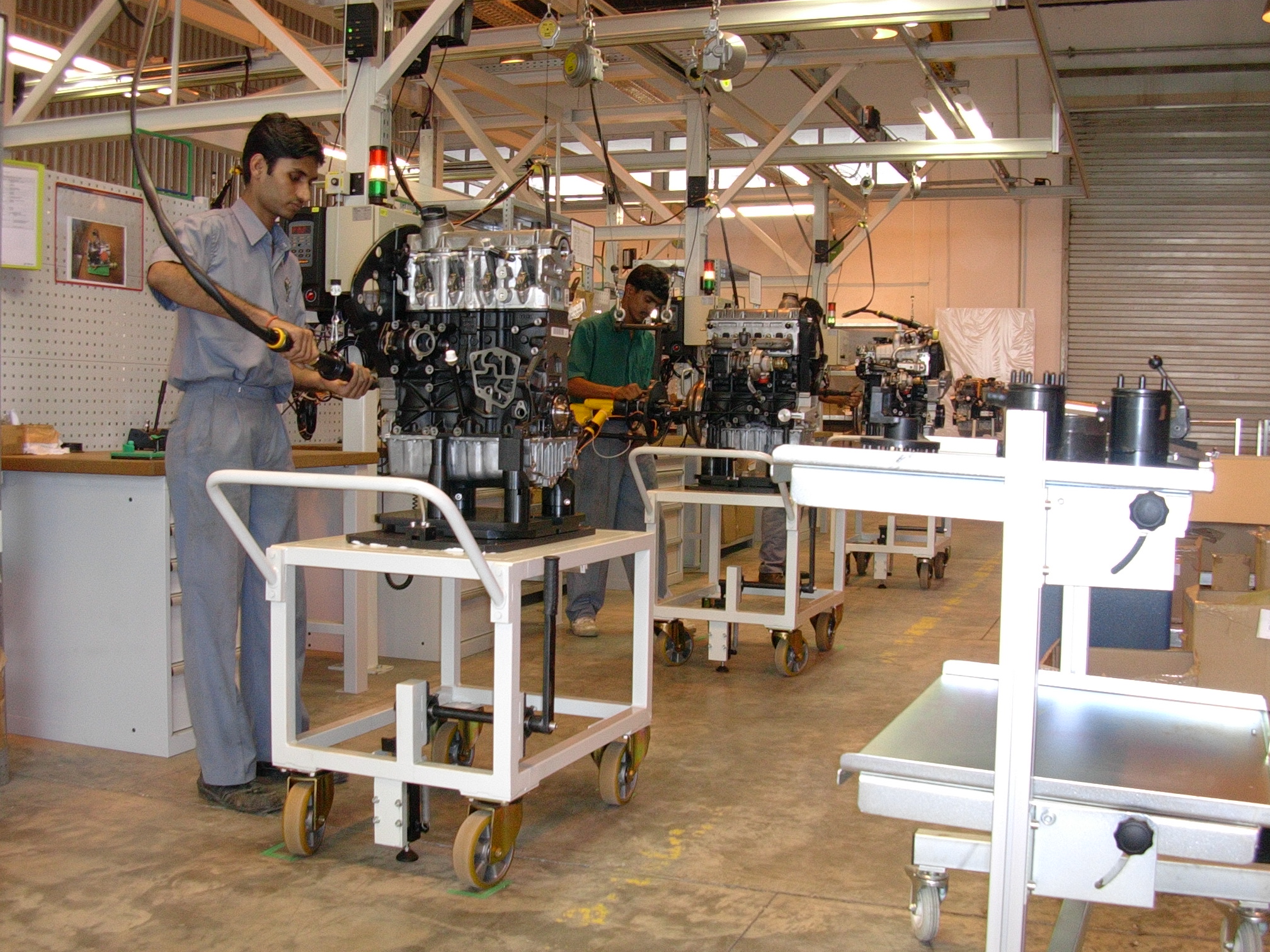Outstanding logistics
Once production and deliveries from Mladá Boleslav and from local subcontractors were secured, the Aurangabad plant could start to receive containers with automobile parts sets. It was important to ensure that the delivery of containers from Czechia was absolutely reliable. “The containers’ journey takes six weeks, plus you need to add some time for planning and packing. Even the smallest mistake can have far-reaching consequences: either you wait at least six weeks for a missing part or you have to pay a high price for air shipping," says Jancák, explaining why careful planning is a must.
 The logistics of parts and components shipping has always been the Indian plant’s pride and glory. (source: M. Jancák)
The logistics of parts and components shipping has always been the Indian plant’s pride and glory. (source: M. Jancák)
But the logistics department coped brilliantly, he says. “We never had to pause production. We are still very proud of our logistics to this day. In the end the entire automotive industry has learnt from us, things like efficient packing of components into shipping containers,” says Jancák, referring to the ŠKODA logistics experts’ ability to cram four car bodies plus designated production parts into one elongated container.
Once ŠKODA had established itself in India, it started to offer other models. The OCTAVIA was joined by the FABIA and RAPID models, but SUPERB and KODIAQ models are also imported into India now. Cars for the local market have to satisfy the specific demands of Indian customers, including seemingly trivial requirements like a louder horn, but also more powerful car batteries, modified headlights or a different clutch construction, hardier tyres and engines adapted to the local fuel quality.
 Originally, only the final stage of ŠKODA car components assembly was done in India. (source: M. Jancák)
Originally, only the final stage of ŠKODA car components assembly was done in India. (source: M. Jancák)























